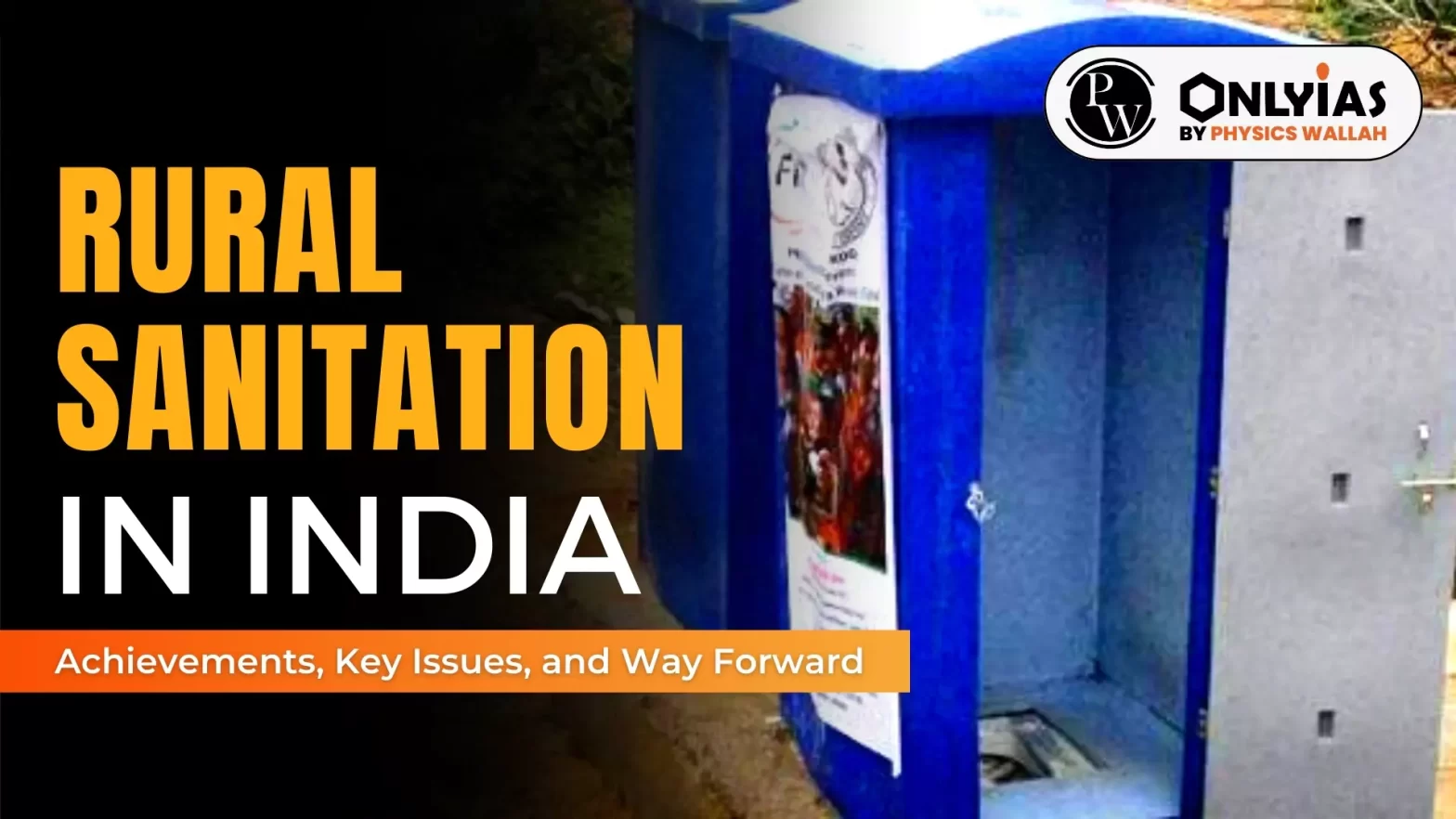![]() 6 Feb 2024
6 Feb 2024

This editorial is based on the news “A critical view of the ‘sanitation miracle’ in rural India” which was published in the Hindu. This article expresses the achievement and challenges of India’s sanitation programs, by mainly focusing on the Swachh Bharat Mission Grameen (SBM-G) and its Phase II.
| Relevancy for Prelims: Central Rural Sanitation Programme (CRSP), Swachh Bharat Mission-Grameen (SBM-G), Swachh Survekshan 2023, and Open Defecation Free (ODF).
Relevancy for Mains: Rural Sanitation Programmes in India- Achievements, Challenges and Way Forward. |
|---|
| Mains Question: How could social influence and persuasion contribute to the success of Swachh Bharat Abhiyan? (150 words) |
|---|
| Must Read | |
| NCERT Notes For UPSC | UPSC Daily Current Affairs |
| UPSC Blogs | UPSC Daily Editorials |
| Daily Current Affairs Quiz | Daily Main Answer Writing |
| UPSC Mains Previous Year Papers | UPSC Test Series 2024 |

<div class="new-fform">
</div>